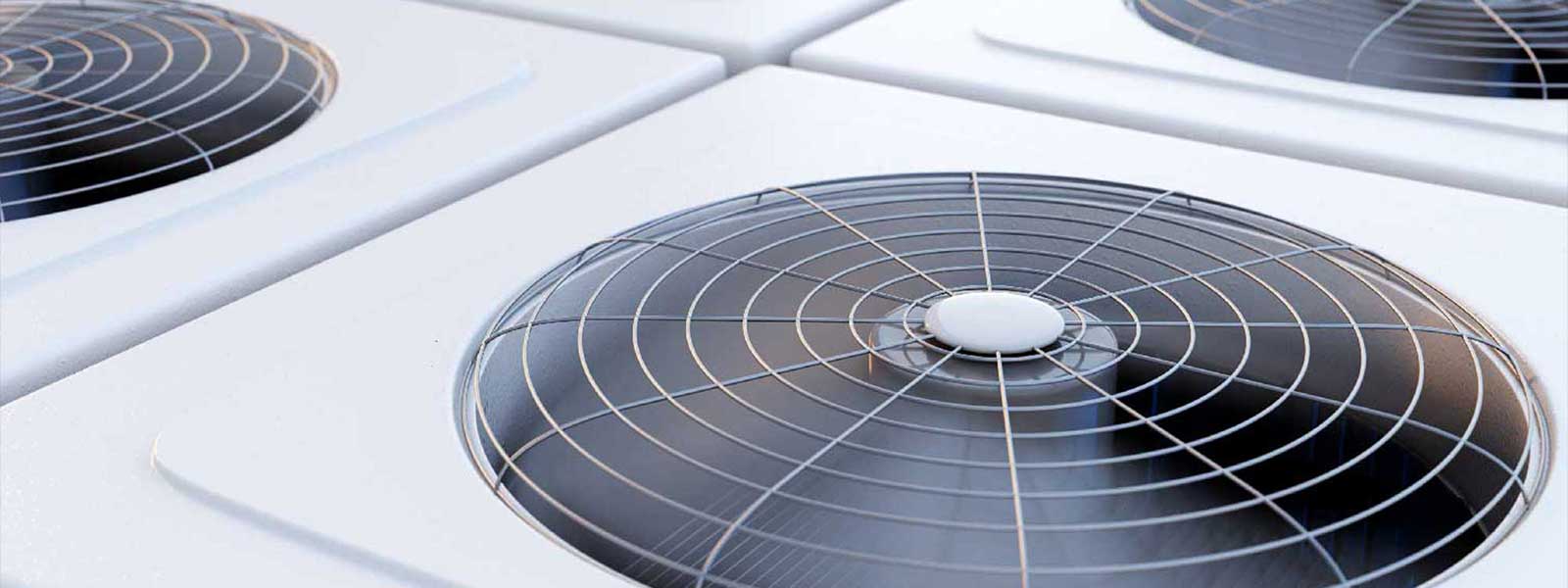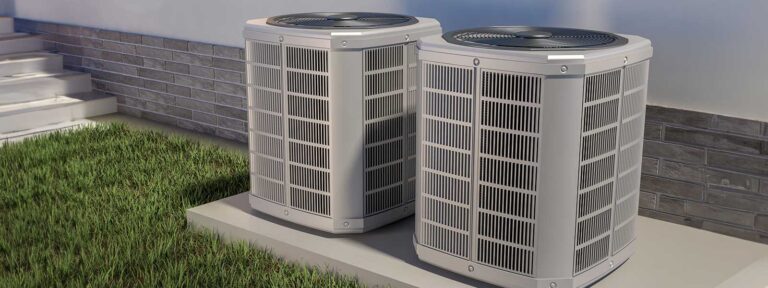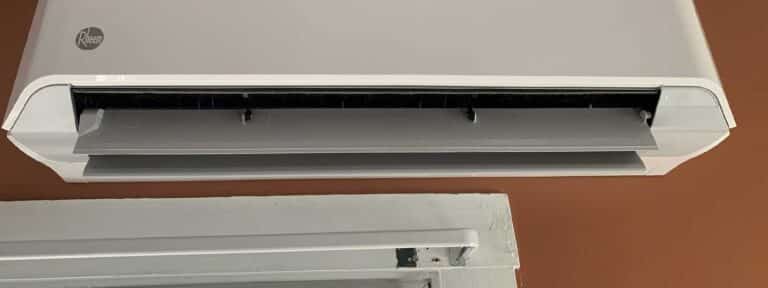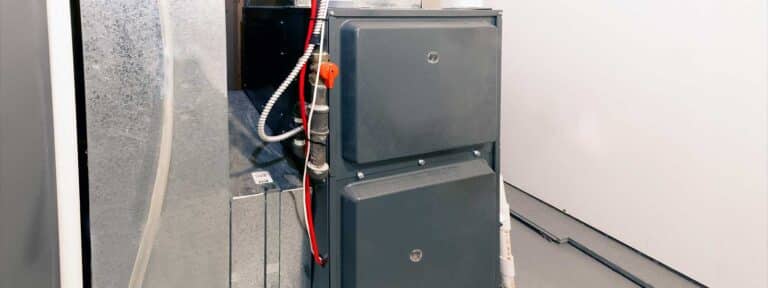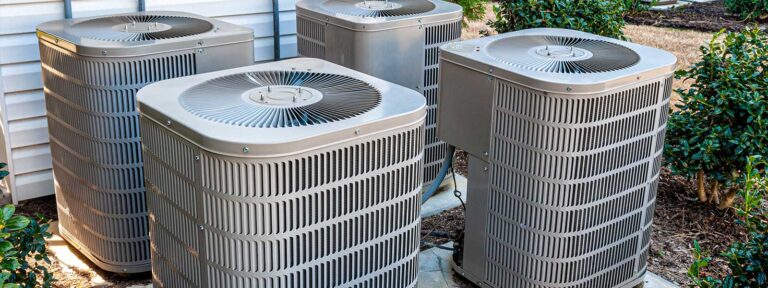HVAC Components/Terms
HVAC Components and Terms
Learn more about HVAC components and terms of the services ProQuote can help you with!
Blower Motors:
Blower motors in HVAC systems are essential components that drive the air through the ductwork of your home or building. The type of blower motor can significantly affect the efficiency, performance, and control of your HVAC system. Here’s a breakdown of the different types of blower motors: single-speed, multi- speed, Electronically Commutated Motor (ECM), and variable-speed.
Gas Valves:
Furnace gas valves are critical components in gas furnaces that control the flow and pressure of gas to the burner. The type of gas valve used can significantly affect the furnace’s efficiency, performance, and heating comfort. Here’s a breakdown of the different types of furnace gas valves: single-stage, two-stage, and modulating.
Compressors:
Condenser compressors are crucial components in air conditioning and heat pump systems, playing a significant role in the refrigeration cycle by compressing the refrigerant and moving it through the system. The type of compressor can greatly affect the system’s efficiency, performance, and comfort level. Here’s an overview of the different types of condenser compressors: single-stage, two-stage, and inverter.
SEER (Seasonal Energy Efficient Ratio):
SEER (Seasonal Energy Efficiency Ratio) ratings are used to measure the efficiency of air conditioners and heat pumps. The SEER rating represents the relative amount of energy needed to provide a specific cooling output. The higher the SEER rating, the more efficiently the air conditioner converts electricity into cooling power. Understanding SEER ratings can help you anticipate the average savings and how they affect costs over time. Here’s an overview:
AFUE (Annual Fuel Utilization Efficiency):
AFUE (Annual Fuel Utilization Efficiency) is a measure used to rate the efficiency of furnaces and boilers, indicating how effectively they convert fuel into heat over a typical year. Here’s an overview of what you need to know about AFUE, including its implications for energy usage, costs, and environmental impact:
Refrigerant Lines/ Linesets:
Refrigerant linesets are crucial components in HVAC systems, especially in air conditioning and heat pump systems. They consist of two copper tubes that connect the outdoor unit to the indoor unit, allowing the refrigerant to circulate and transfer heat. When installing a new system or replacing an old one, a key decision is whether to replace the refrigerant lineset or flush the existing one. Here’s an overview of the factors to consider, including the types and sizes of linesets, and the pros and cons of replacing versus flushing them.
Indoor Air Quality (IAQ):
Indoor Air Quality (IAQ) products play a crucial role in improving the air we breathe inside our homes and workplaces. Given the increasing concern over pollutants, allergens, and viruses in indoor environments, selecting the right IAQ solutions is more important than ever. Here’s an overview of various IAQ products, including air scrubbers, ionization devices, UV lights, humidifiers, and high-capacity filters, along with their pros and cons.
Your home, your investment. ProQuote requires a $250 upfront deposit when you are ready to receive the quotes. We entirely allocated this to your project. It’s a forward-thinking approach that ensures both your time and money are well-respected.
855-880-1132
ProQuote
Home Improvements Simplified
One Visit = Multiple Quotes
Excellent
Based on 16 Reviews


